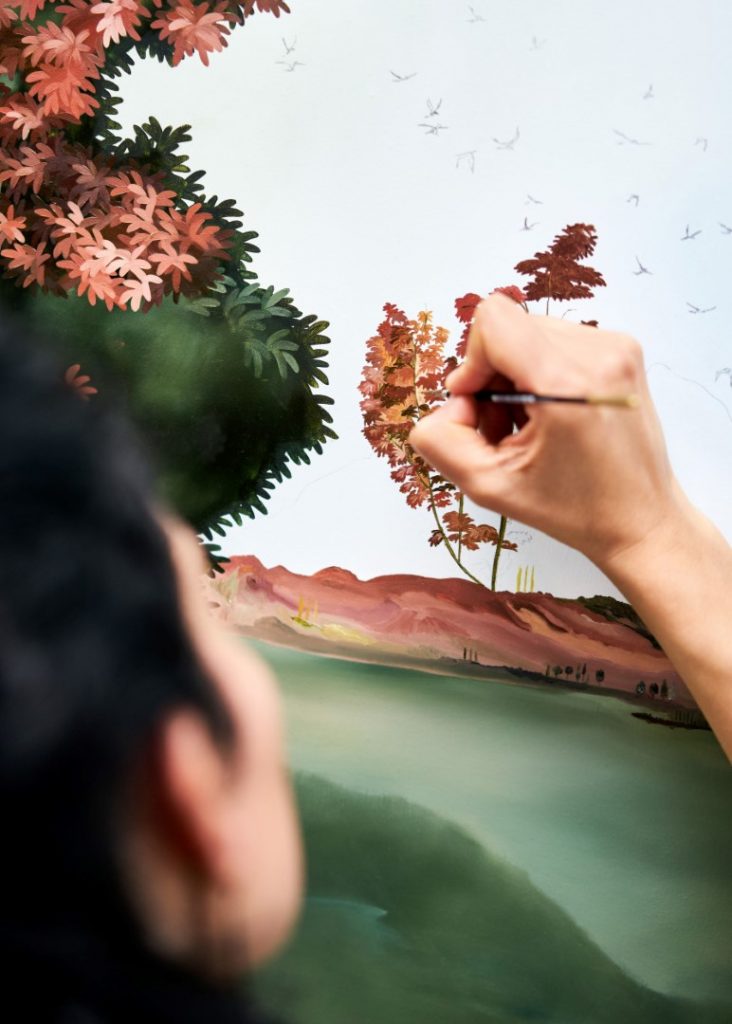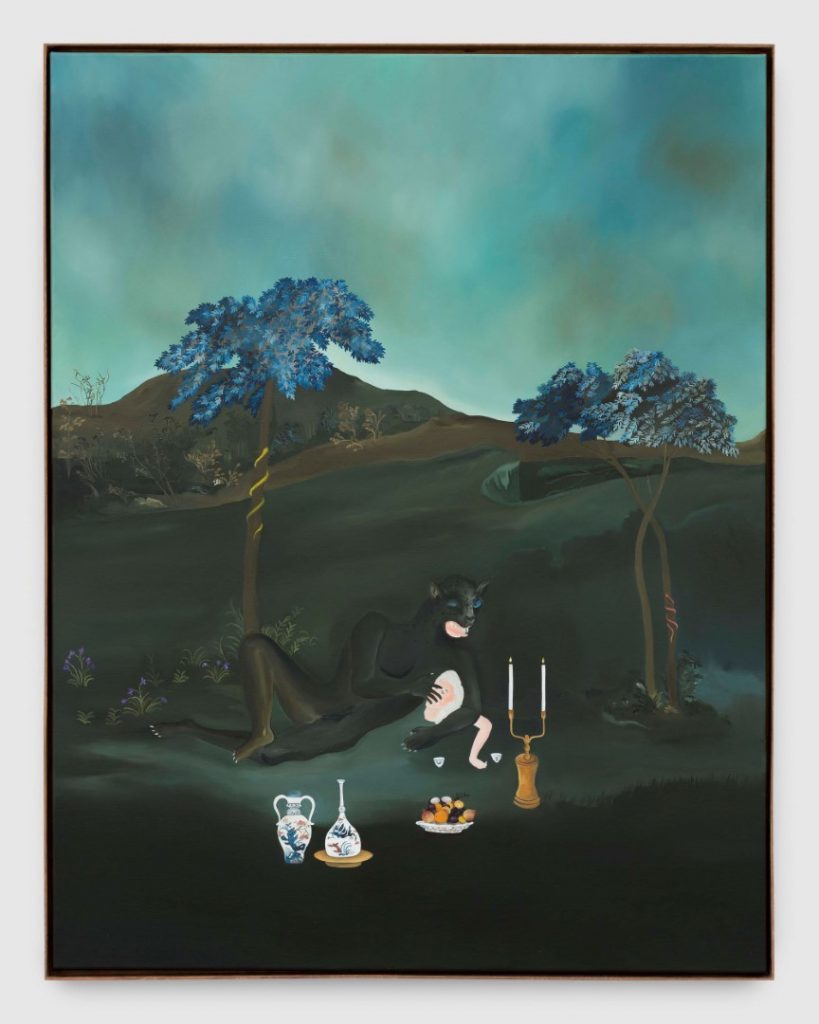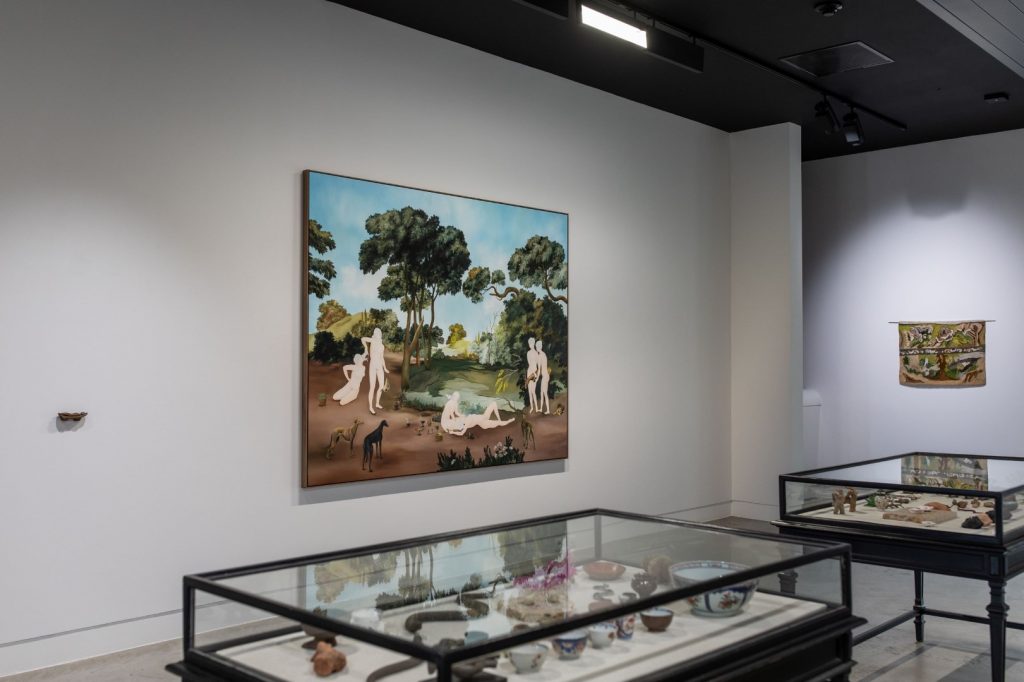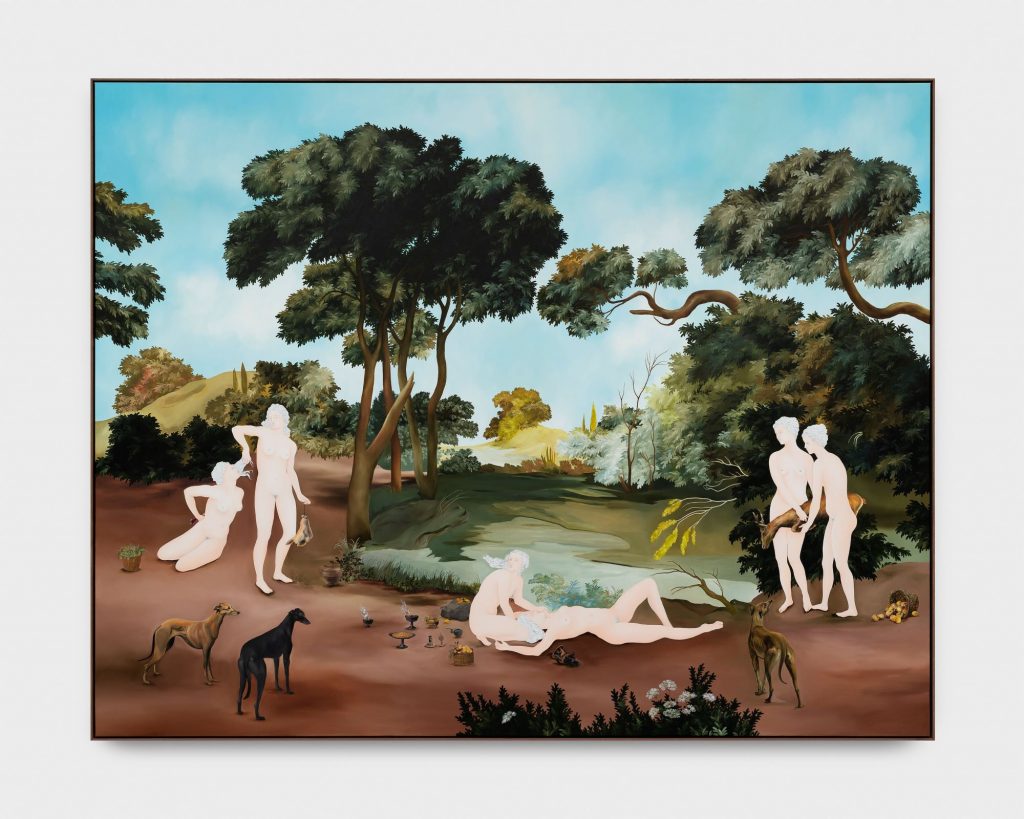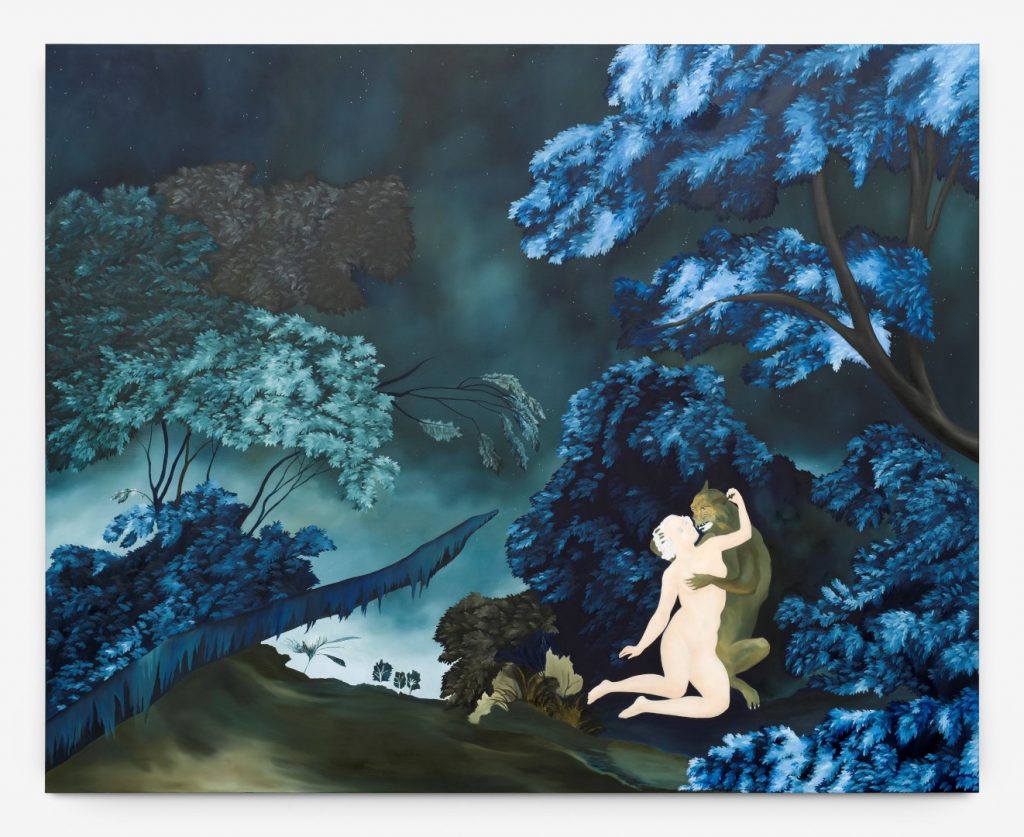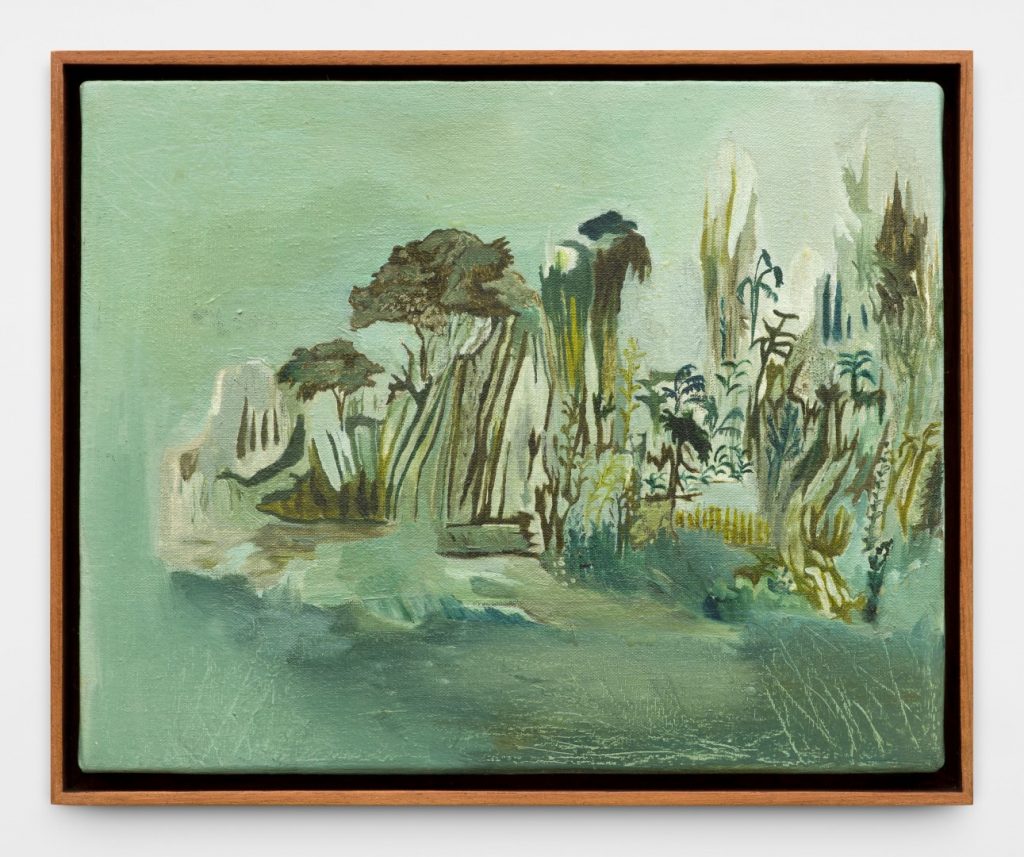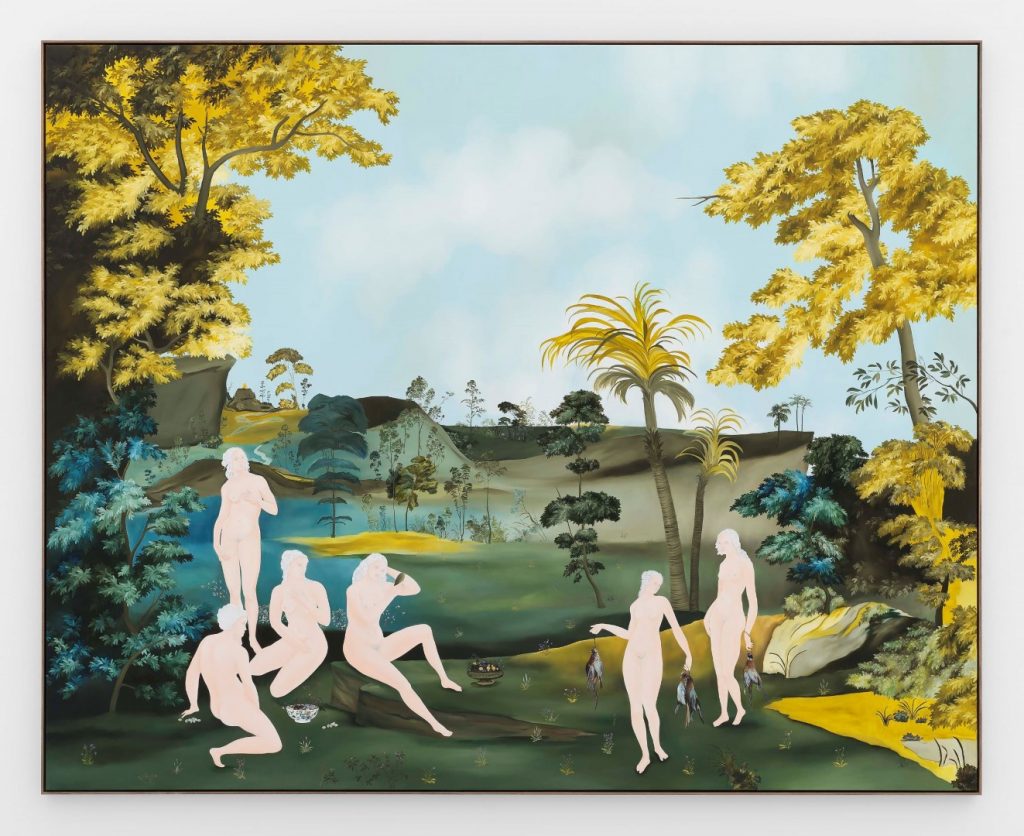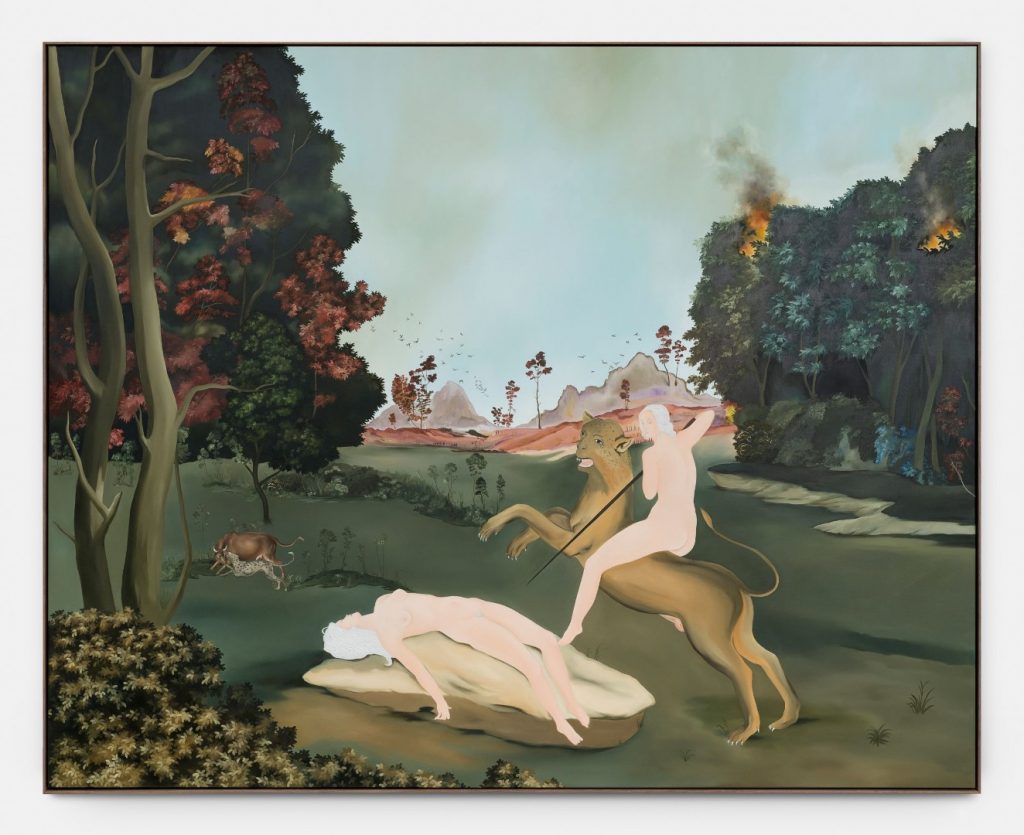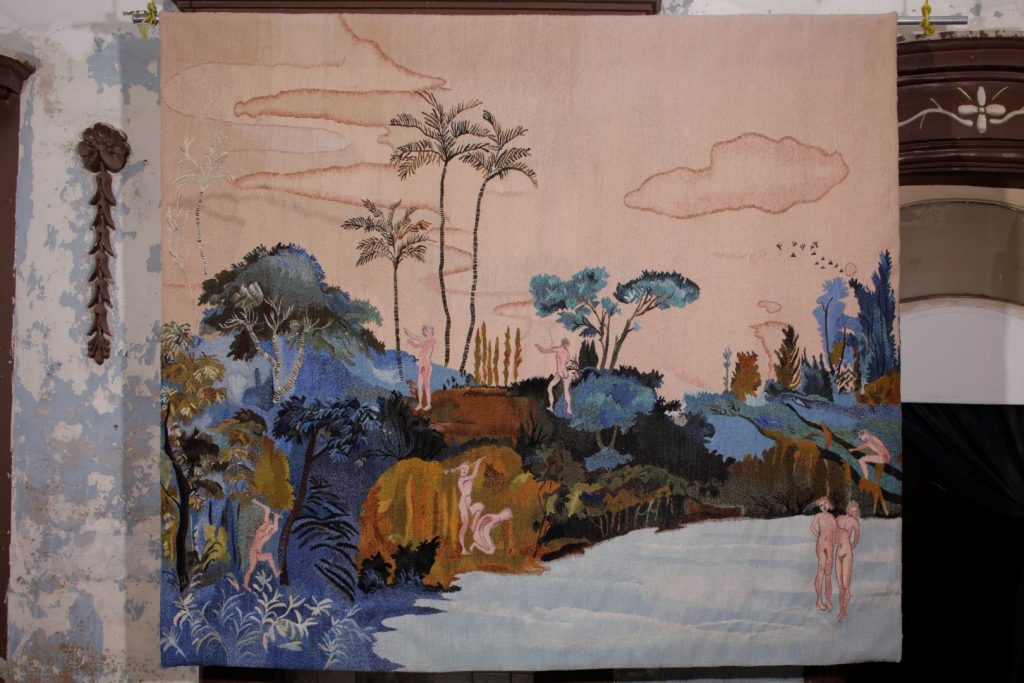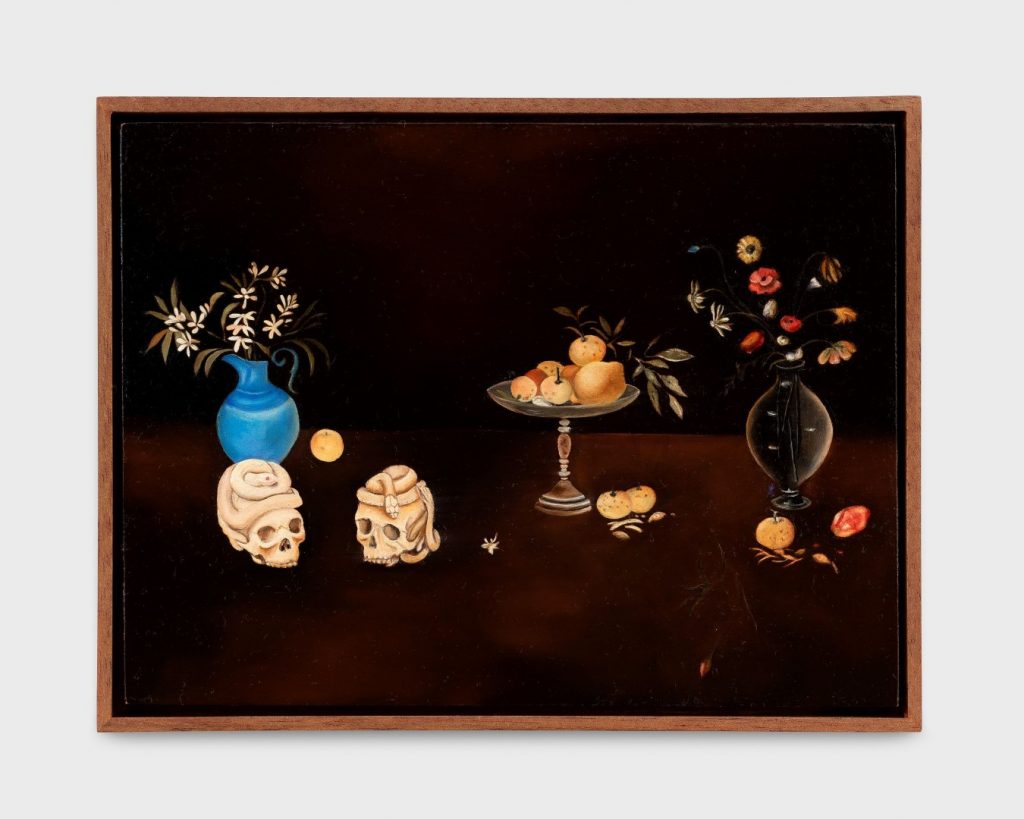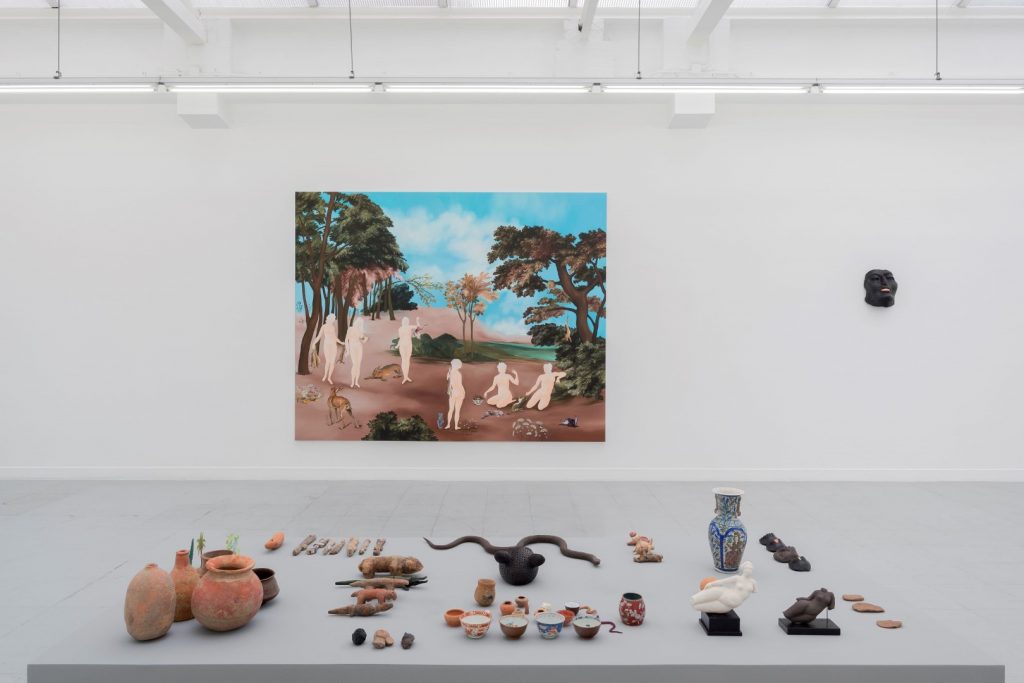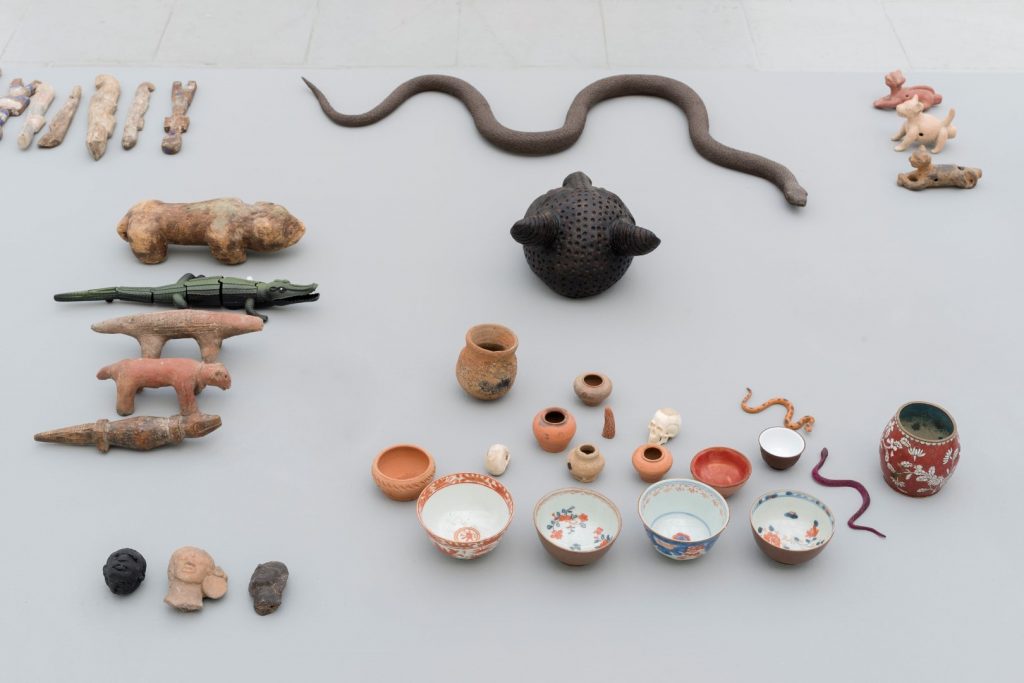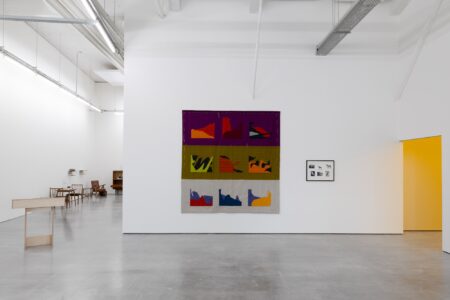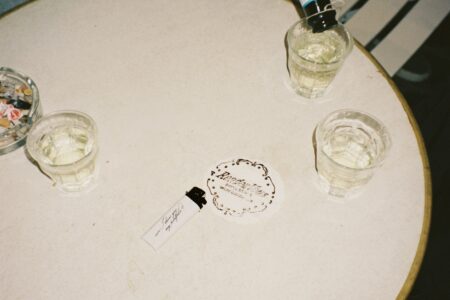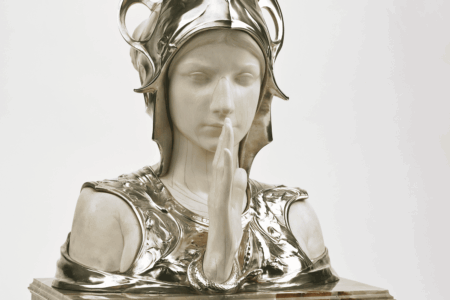
Sanam Khatibi: A Subtle Practice in Duality
Inspired by western and non-western masters alike, visual artist Sanam Khatibi interrogates our personal and political power-structures through material and scenic juxtapositions in her paintings, embroidery, tapestries and ceramic sculptures. TLmag talks to the Belgian artist and reflects on the underlying personal attributes that influence her intuitive practice.
“I was not more than five or six years old when I discovered [Hieronymus] Bosch”, says Sanam Khatibi as she looks back on how long she’s been enthralled with the works of the old masters, and how they’ve influenced her work and the stories she depicts. She continues: “I was told by someone who was trying to scare me that the images depicted in his paintings were a portrayal of what would happen to us if we were sent to hell. I was mesmerised and spent hours flicking through the pages: imagining every single scene”.
It wouldn’t be surprising if the same “scary” sentence would be told to viewers looking at Sanam’s multi-disciplinary work – which often depicts timeless stories of pale human figures and nightmarish creatures against dreamy backdrops of pale skies and dark-green wilderness. Born in Tehran, but raised in Copenhagen, London and (primarily) Brussels, Sanam’s transnational upbringing and multi-cultural background are especially reflected in these aforementioned backgrounds, which relay an exotic setting we cannot recognise – but which lures us in all the same. Her playful, dynamic compositions are juxtaposed with dialectic contrasts such as animal versus human, past versus present, and cruelty versus seduction; each a theme of power, relating to those who have them and those who never will – a story as old as art, or even time, itself.
Apart from painting and drawing, Sanam intuitively uses multiple mediums at her disposal to create and inform her pieces – including sculpture and embroidery. However, this immediate mixture of mediums is most noticeable in her incredibly detailed large-scale paintings, in which the hairs on the heads of her human figures are purposefully left unpainted: “When I switched to canvas and oil I liked the rawness they had when left unfinished. I never gave it more thought than that; it just felt right. I was once asked why they all had white hair, and I was very surprised by this comment as I see them all in my head with brown or black coloured hair! Everyone is entitled to see what they like, I suppose”. This purposeful omission of paint makes the viewer more aware of the materiality of the canvas and pencil, and the craftswoman behind them.
Alongside her (or what seems like an) effortless mix of mediums, Sanam also borrows and intertwines a broad range of artistic influences in her work, ranging from (but not limited to) Flemish and Bayeux tapestries, Pre-Columbian and Etruscan art to the Renaissance period and contemporary art. Sanam credits her mother’s great eye, love for the arts and compulsive collecting for the way she intrinsically finds and creates dialogues between her sculptural, painterly and embroidered objects. “I tend to sacralise objects, and by doing so, I create an interaction with all things I collect and make. It’s like creating a language of my own, and I have always considered this inherent ability as part of my practice”. This language that she creates is further strengthened by her choice of titles such as ‘He Hit Me And It Felt Like A Kiss’, ‘I dreamed I stabbed you in the eye’ and ‘Ten thousand tongues’ – each further evoking both a sense of romantic poeticism and harsh realities.
Judging from her first experience of looking at works of Bosch, it’s clear that Sanam has been in awe of the old masters’ technical abilities, and craftsmanship of the period in general, from a young age. Entirely self-taught – her methodology and dedication to the craft has decidedly grown more over the years. “I typically start working at 10:30 AM every day. Usually, I work on a few ongoing paintings at a time – as the drying process takes time – with each painting giving me an idea for another one. I set the layout of my paintings in a few days, but it takes a very long time to finish them due to the different layers of paint and all the detailed elements in them. Painting is a process, and there is always a change that takes place throughout the procedure. My larger paintings are becoming more and more precise and detailed, but they are also taking much more time – while, with my smaller paintings, I am more visceral and free. They often help me to resolve certain problems or questions I face with the larger works that are much more controlled. The idea for my tapestries and sculptures are formed usually around a given show, once I have a body of work”.
With 2019 bringing her both local and international success, Sanam’s motivation to creating new work remains humble as ever: “There is a feeling you get once a painting is good…it makes me never want to leave the studio. Being excited about a painting is the best feeling, really.” Her next show in New York City, to which she, and I quote, has “given all my heart and most of my intestines to it” will be on view at PPOW Gallery from October 17th until November 16th and is titled ‘An Hour Before the Devil Fell’.
Sanam Khatibi is represented by Rodolphe Janssen, Brussels and P.P.O.W, New York City.
Cover Photo: Hannes Vandenbroucke
